#flycatchers
Text

Reference photo by Kim Johnston Turner (kim.johnston.photography on Instagram)
#robin#robin redbreast#european robin#erithacus rubecula#erithacus#muscicapidae#passeriformes#flycatchers#old world flycatchers#birb#bird#bird art#art#digital art#artists on tumblr#tw eyestrain#cw eyestrain#wauk wauk
162 notes
·
View notes
Text
BOTD: Black Phoebe
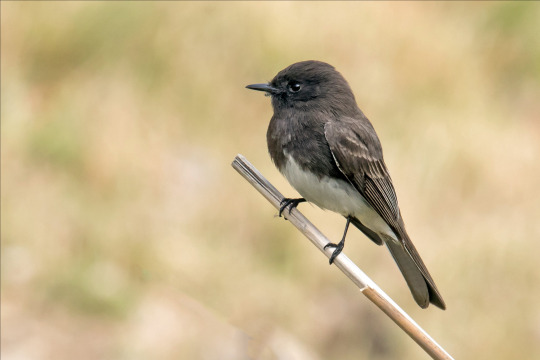
Photo: Mick Thompson
"The sharp whistled call of the Black Phoebe is a typical sound along creeks and ponds in the southwest. The birder who explores such areas is likely to see the bird perched low over the water, slowly wagging its tail, then darting out in rapid flight to snap up an insect just above the water's surface. Related to the familiar Eastern Phoebe of eastern North America, this species has a much wider range, living along streams from California to Argentina."
- Audubon Field Guide
#birds#black phoebe#birds of north america#north american birds#phoebes#flycatchers#tyrant flycatchers#passerines#birds of the us#birds of mexico#birds of central america#birding#birdblr#birblr#bird watching#bird of the day#Sayornis nigricans
97 notes
·
View notes
Text
European robin (Erithacus rubecula) photos I took 14/04/2024, Stanley, Wakefield, West Yorkshire, UK
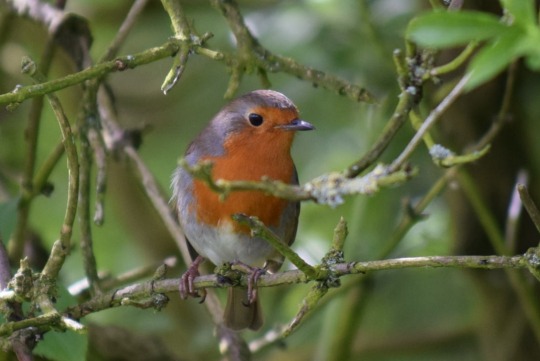
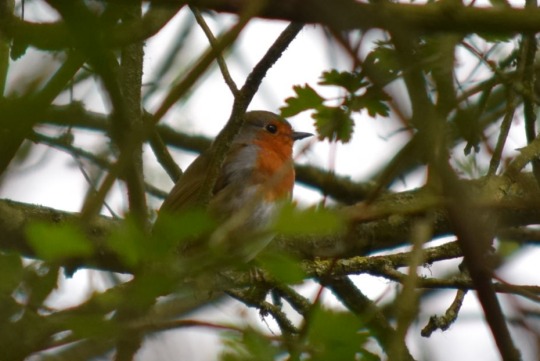
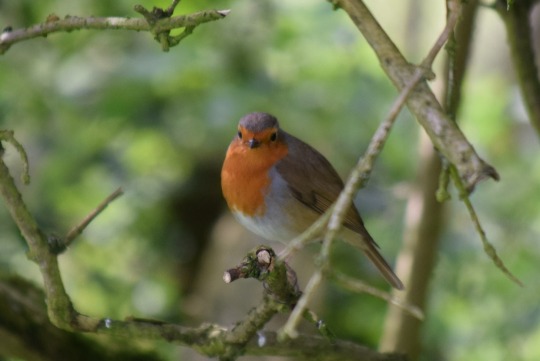




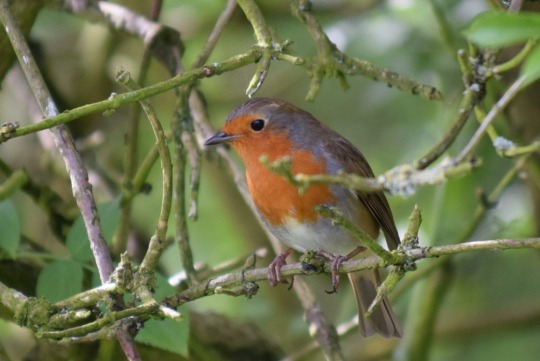
#nature#nature photography#british nature#animals#animal#wildlife#animal photography#wild#wildlife photography#wild animals#wild animal#bird watching#birding#birds#bird photography#birdwatching#bird#ornithology#british birds#british wildlife#european robin#erithacus rubecula#robins#robin#passeriformes#passerines#songbird#song birds#flycatcher#flycatchers
26 notes
·
View notes
Text
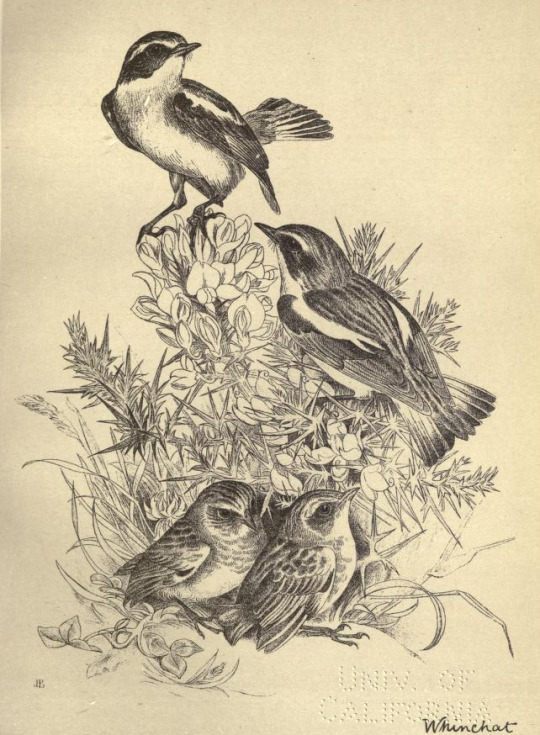
Birds from Moidart and Elsewhere: Drawn from Nature. Written and illustrated by Jemima Blackburn. 1895.
Internet Archive
414 notes
·
View notes
Photo

A flycatcher, in bright sunlight.
Based on geographic location and its super-bright underbelly, this is probably a Great-Crested Flycatcher.
However, these birds can be very difficult to distinguish from other, closely-related, species.
#midwest#springtime#Great Crested Flycatcher#flycatchers#birds#songbird#bird watching#birding#bird#birbs#birblr#bird photos#bird photography#bird pics#wild bird photography#wildlife#wildlife photography#wildlife photos#nature photos#nature photography#animal photography#original photography#original photography on tumblr
103 notes
·
View notes
Text
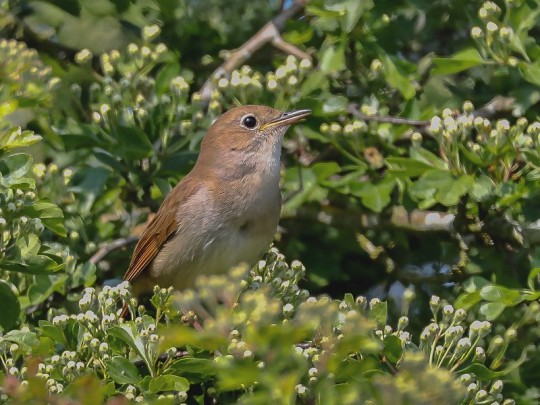
A common nightingale (Luscinia megarhynchos) in the UK
by roger collorick
#common nightingale#flycatchers#birds#luscinia megarhynchos#luscinia#Muscicapidae#passeriformes#aves#chordata#wildlife: uk#wildlife: europe
36 notes
·
View notes
Text
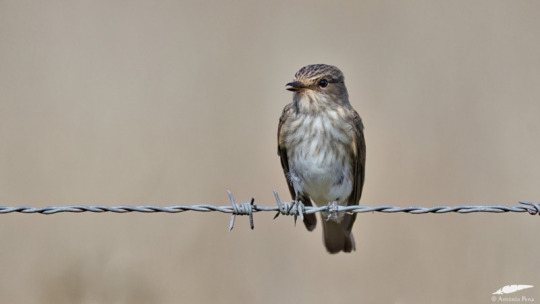
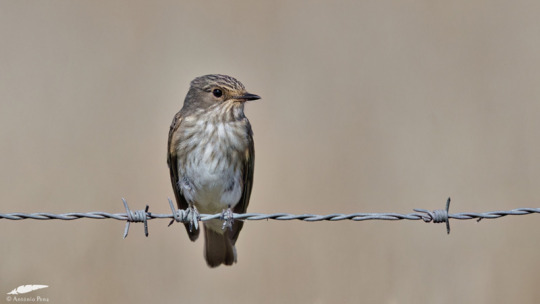
Spotted Flycatcher - Papa-moscas-cinzento (Muscicapa striata)
Vila Franca de Xira/Portugal (7/09/2023)
[Nikon D500; AF-S Nikkor 500mm F5,6E PF ED VR; 1/2500s; F7,1; 400 ISO]
17 notes
·
View notes
Photo

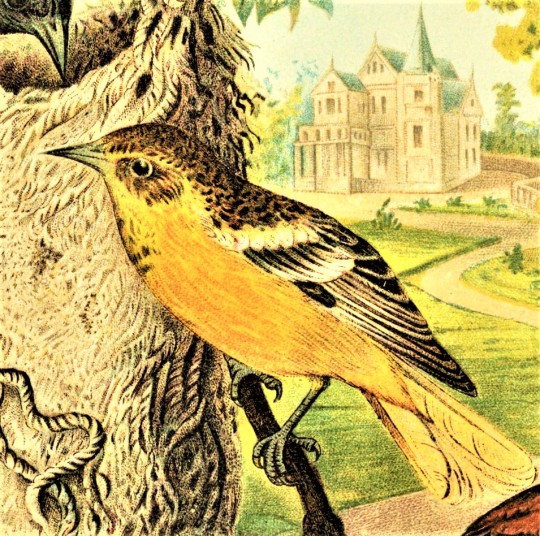

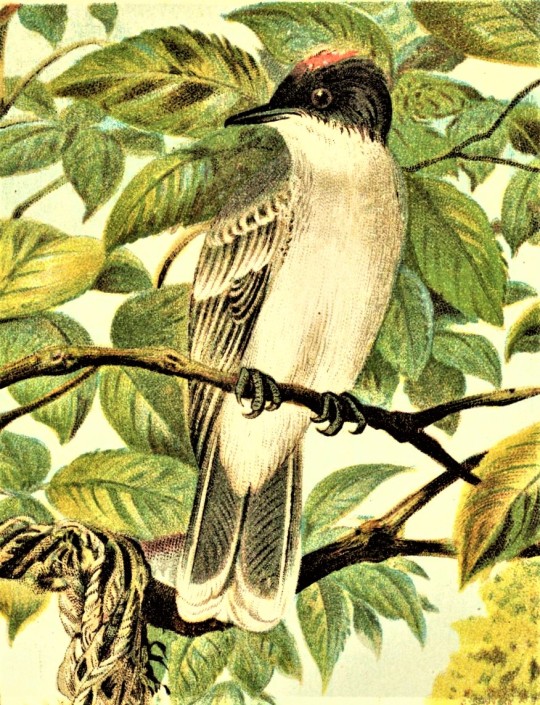
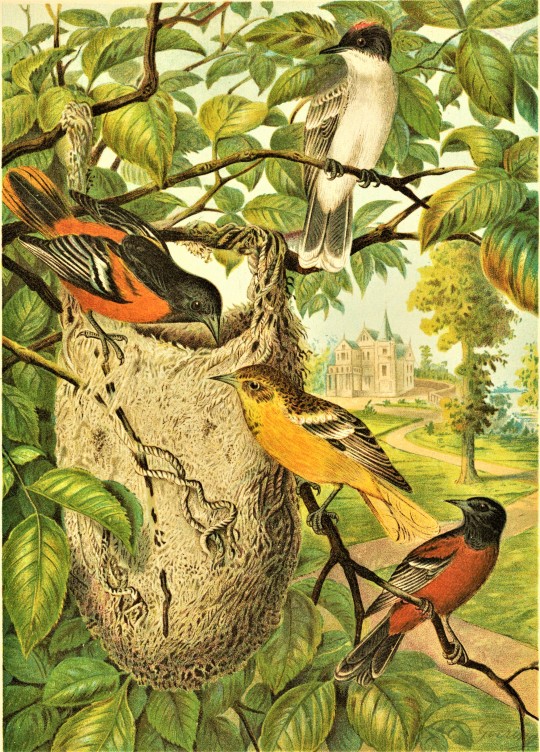
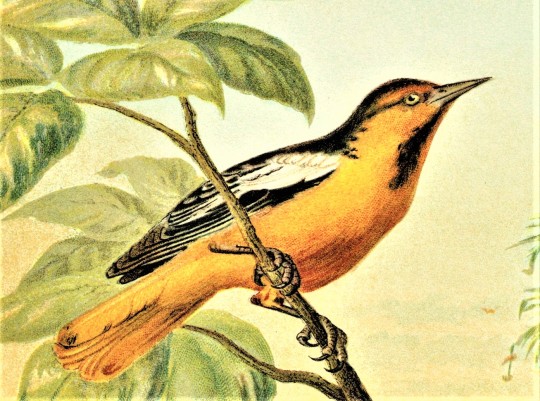


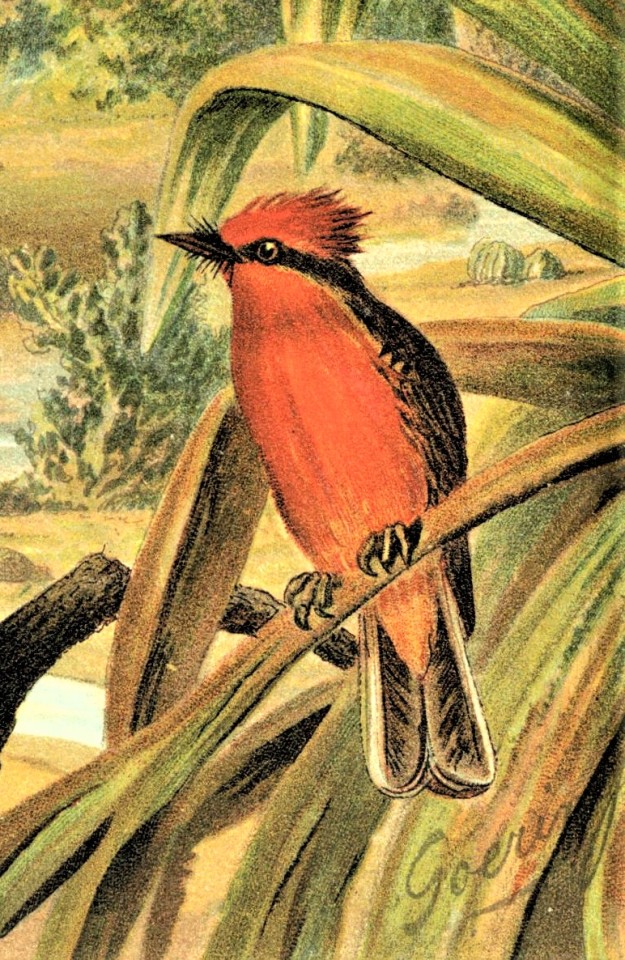
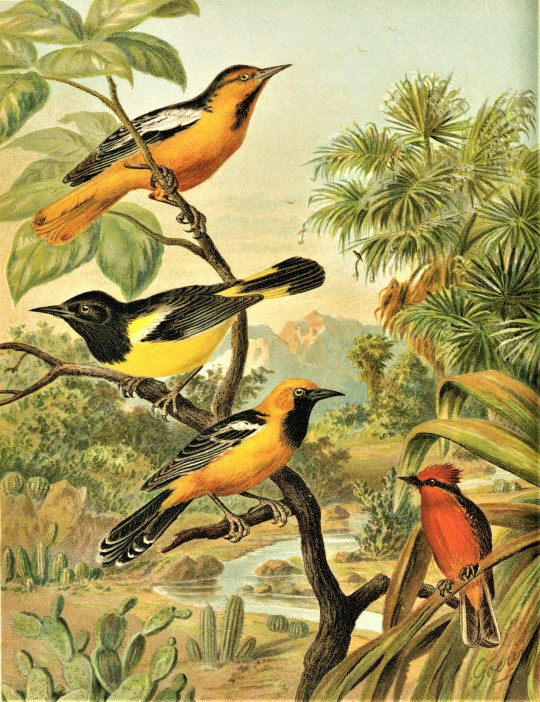
Feathursday Orioles!
Here are a few chromolithographic Feathursday Orioles, along with a Kingbird and a Flycatcher, from our 2-volume set of Our Native Birds of Song and Beauty, by the late-19th-century director of the Milwaukee Public Museum Henry Nehrling, and published in Milwaukee by George Brumder from 1893-1896. The lithographs are based on original water color paintings by the German naturalist painter Anton Goering. The individual birds from top to bottom are:
Baltimore Oriole (Icterus galbula), male.
Baltimore Oriole (Icterus galbula), female.
Orchard Oriole (Icterus spurius).
Eastern Kingbird (Tyrannus tyrannus).
Bullock's Oriole (Icterus bullockii).
Scott's Oriole (Icterus parisorum).
Hooded Oriole (Icterus cucullatus).
Scarlet Flycatcher (Pyrocephalus rubinus).
View more posts from Nehrling’s Our Native Birds.
View more Feathursday posts.
#Feathursday#orioles#kingbirds#flycatchers#henry nehrling#Anton Goering#George Brumder#Our Native Birds of Song and Beauty#Baltimore Oriole#Orchard Oriole#Bullock's Oriole#Scott's Oriole#hooded oriole#Eastern Kingbird#Scarlet Flycatcher#bird paintings#chromolithographs#Yay chromoliths!#wading birds#birbs!
66 notes
·
View notes
Photo


African Dusky Flycatcher
Muscicapa adusta
Outer-west Durban, South Africa
by me (witchstone)
#the lad is TINY truly a little crumb of a bird#birds#ornithology#south african birds#south africa#flycatchers#african dusky flycatcher#bird photography#order passeriformes#passeriformes#muscicapa#genus muscicapa#photography#bird blogging#on birds#m
45 notes
·
View notes
Text
Birds of November '23
American Robin in cedar tree
Ruby-Crowned Kinglet
Wood Duck (young)
Hairy Woodpecker
Cedar Waxwing
Four Cedar Waxwings
Killdeer (and his reflection)
Hermit Thrush
Red-tailed Hawk (and his kill)
Northern Flicker (male)
Double-crested Cormorants
(Another) Ruby-crowned Kinglet
Goldfinch (seems to be talking to himself)
Eastern Phoebe
American Robins and Cedar Waxwings talking it…

View On WordPress
#american robins#bird photography#Birdwatching#cedar waxwings#cormorants#eastern phoebes#flycatchers#goldfinches#hairy woodpeckers#hawks#hermit thrush#Killdeer#Nature Photography#Northern Flickers#red-tailed hawk#rubycrowned kinglet#water fowl#wood ducks#woodpeckers
2 notes
·
View notes
Text
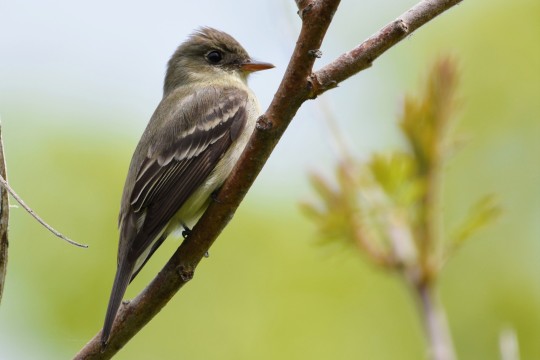
Eastern wood pewee for flycatcher Friday. Colonel Samuel Smith Park
52 notes
·
View notes
Video
Black Phoebe - Sayornis nigricans by Michael Spencer
Via Flickr:
These charismatic birds are becoming one of my favorite subjects, as there seems to be one or two everywhere I end up.
#birding#bird#birdwatching#photography#phoebe#black#sayornis#flycatcher#flycatchers#california#nature#flickr
14 notes
·
View notes
Text
BOTD: Golden-crowned Spadebill

Photo: Jorge Obando
"Tiny bird of forest undergrowth, named for exceptionally broad bill (difficult to see). Very small and short-tailed. Gives a very high insectlike trill. Usually seen singly or in pairs, always in the lower levels of the forest. Inconspicuous."
- eBird
#birds#golden crowned spadebill#birds of north america#north american birds#spadebills#flycatchers#tyrant flycatchers#passerines#birds of central america#birding#birdblr#birblr#bird of the day#Platyrinchus coronatus
71 notes
·
View notes
Text
European robin (Erithacus rubecula) photos I took 31/12/2023, Worcester, UK
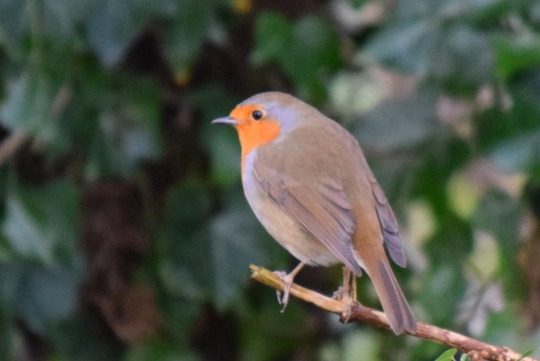

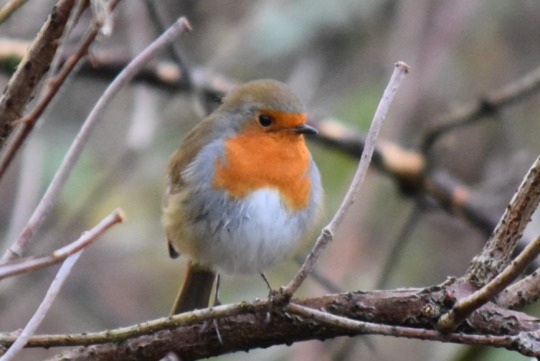
#nature#nature photography#animal#animals#wildlife#animal photography#british nature#wildlife photography#wild#wild animals#wild animal#british birds#british wildlife#european robin#erithacus rubecula#robins#robin#chats#flycatchers#flycatcher#muscicapidae#song birds#songbird#passeriformes#passerine#bird watching#birding#birds#bird photography#bird
29 notes
·
View notes
Text

Birds from Moidart and Elsewhere: Drawn from Nature. Written and illustrated by Jemima Blackburn. 1895.
Internet Archive
279 notes
·
View notes
Photo
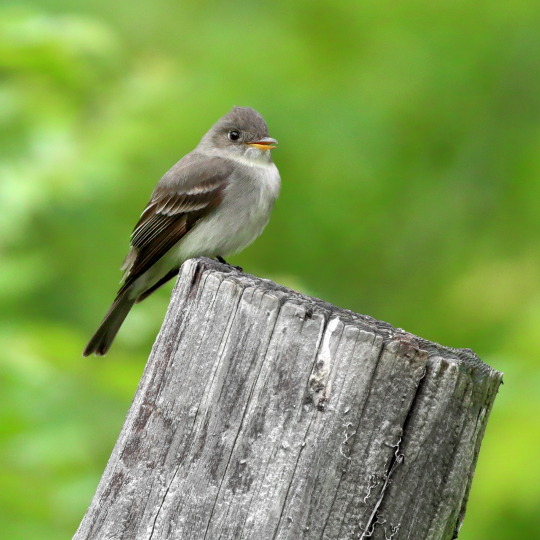
A phoebe, small and sweet.
#midwest#springtime#birds#bird#songbird#birding#flycatchers#Eastern Phoebe#Birdwatching#Birdworld#birdland#birdlovers#wildbirdphotography#wildbirds#birdphotography#nature photography#wildlife photography#wildbird#birdpics#vogelfotografie#oiseau#ptaki#ave#wildlife#wildlifephotography#wildlife photos#original photography
128 notes
·
View notes